Glass manufacturers use various processes to produce glass. Silica is the most important ingredient; however, most glass has sodium carbonate and limestone. Green glass is caused by impurities in the sand or silica. This is easily corrected by adding various components to adjust the glass colors and properties. Read More…
S & S Optical has been leaders as glass fabricators in a variety of industries and markets for over 50 years. We offer a variety of different glasses to fit all of your needs. Also, we have a multitude of capabilities and services to offer-polishing, grinding, edging and more. To learn how we can fabricate your parts contact us today for a quote. We care about customers and quality service.
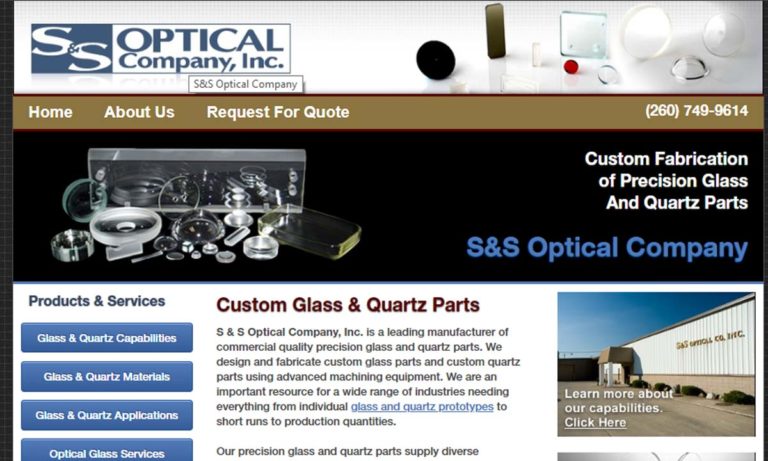
Glass cutting is a varied industry, and we have done it all for the past 50 years. We believe in manufacturing high quality glass products that will exceed customer expectations every time.
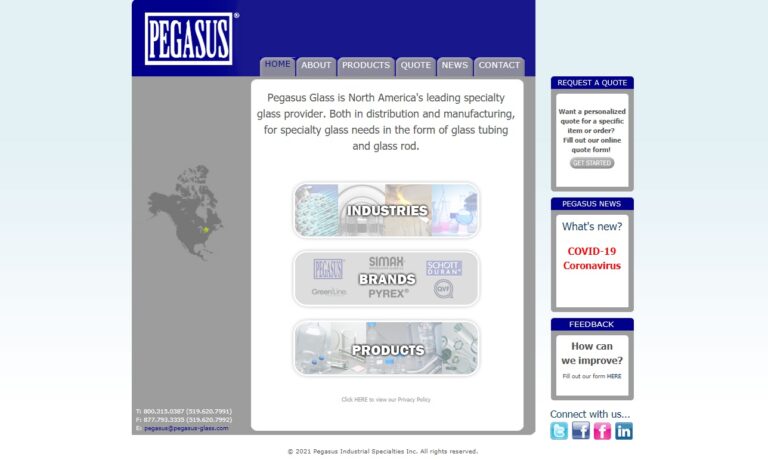
Founded in 1990, Technical Glass Products is a fabricator of Fused Quartz Glassware. We maintain a broad inventory of labware, flat stock, rod and tubes in addition to providing custom fabrication using state of the art equipment to suit your needs.
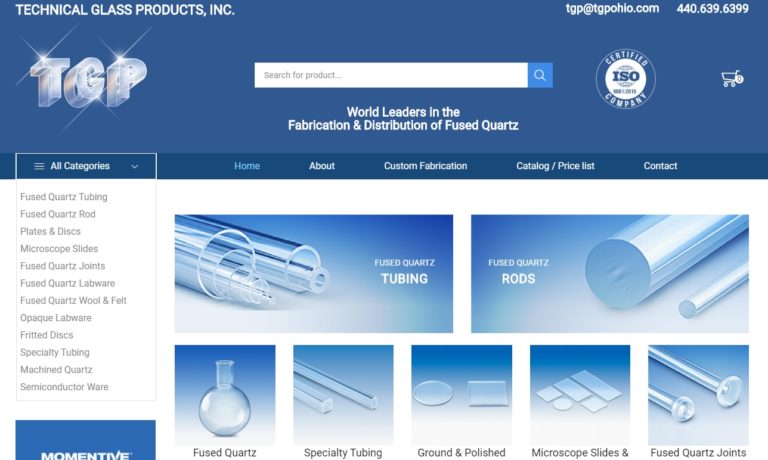
Coresix Precision Glass, Inc. is a fully integrated technical glass manufacturer specializing in high quality glass of all types. We are supported by a modern and fully integrated grinding department that can offer quality and cost effective manufacturing and fast delivery. Call us today for more information!

More Glass Manufacturer Manufacturers
Glass production is an ancient process dating back to the Egyptian Pharaohs. Glass is one of the most versatile materials manufacturers use. Glass manufacturers can configure glass to have different physical, chemical, and optical properties.
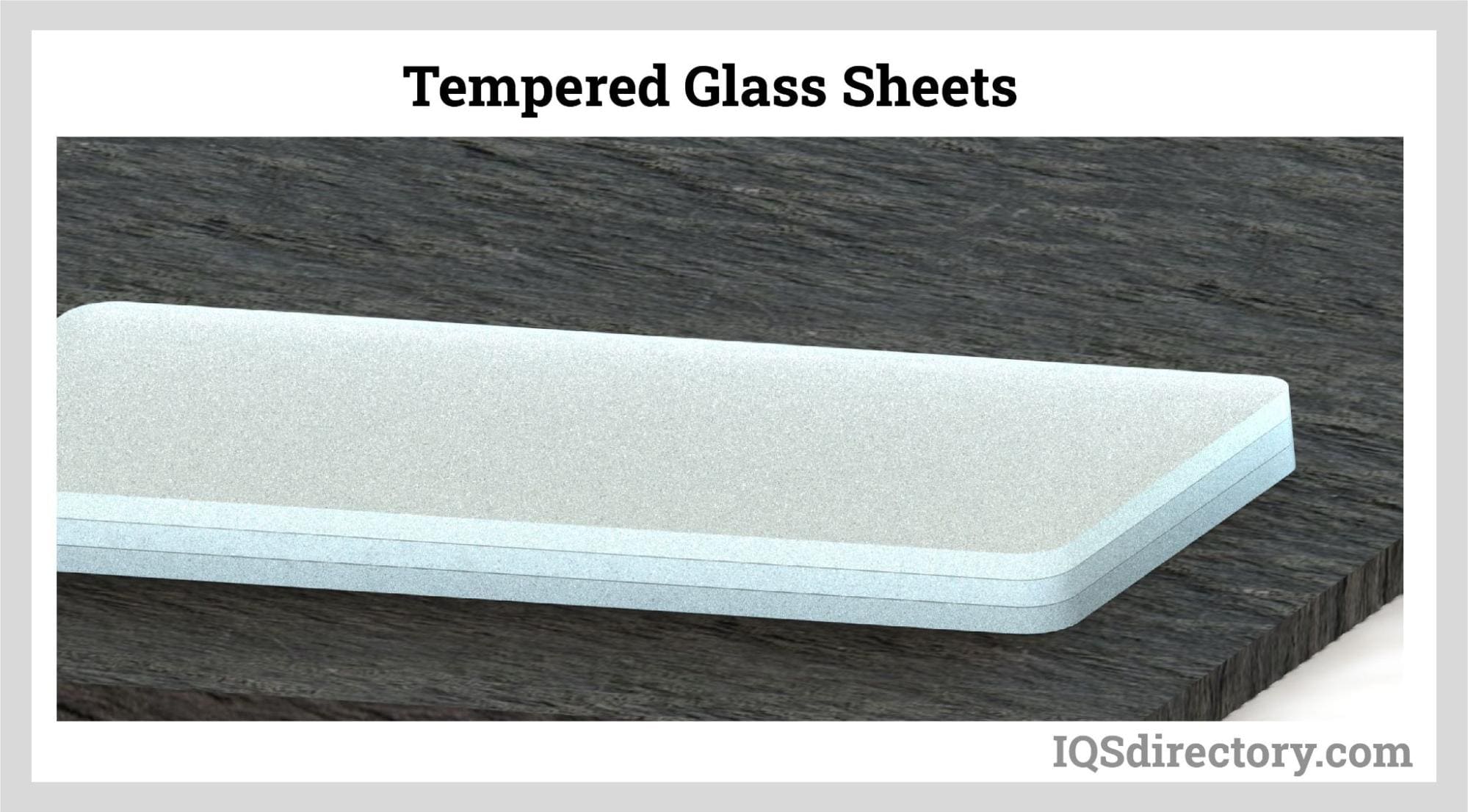
How Glass is Made
Glass production begins by changing the chemical structure of the ingredients. Manufacturers heat the ingredients to 1700o C. To make liquid glass, one mixes sand, limestone, and soda ash, then heats them in giant furnaces. The blend of ingredients melts into a liquid. The ratio of the mixture determines the properties the final product will have.
Batching
Batching is mixing and weighing primary materials, which include silica sand, limestone (calcium carbonate), and soda ash (sodium carbonate). They are weighed and measured to exact proportions. The purity of the raw materials and precise mixing procedures help ensure the quality of the glass. The silica sand is purified, and excess iron is removed.
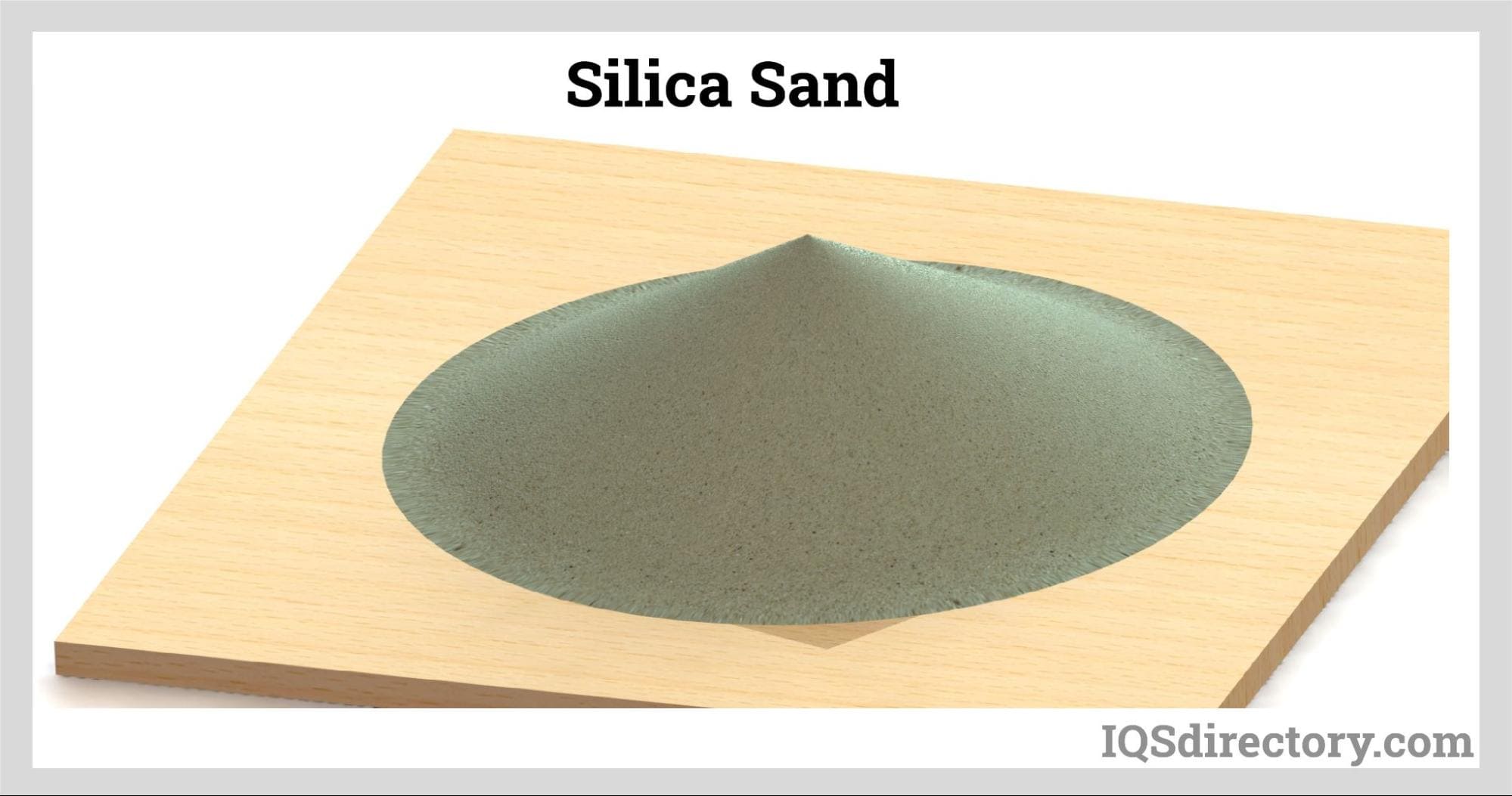
Refining
Modern glass is made from refined ingredients that have a more homogenous composition. Although soda lime glass is the most common, different substances and materials like magnesium oxide, calcium oxide, and aluminum oxide are used in modern glass production. Some glass varieties, such as borosilicate glass, don’t have soda content, while others lack silica, like phosphate glass.
Heating
The mixture is heated at 1700oC or 3000oF in a heating furnace and then rapidly cooled. The process of extreme heat and rapid cooling causes the mixture to lose its crystalline form. The mixture enters a condition called ‘amorphous solid’ - a molecular state between liquid and solid.
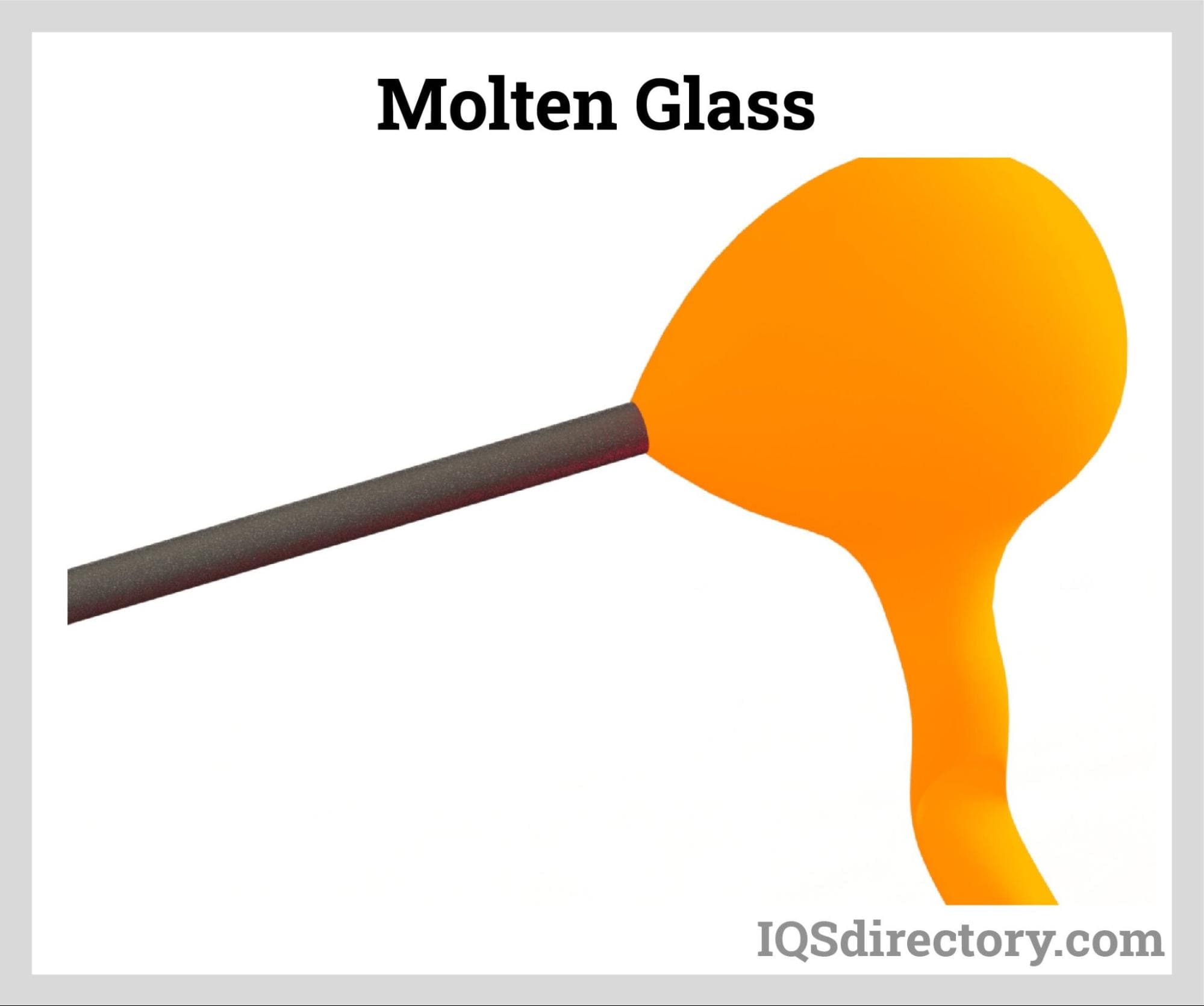
Tin Bath
The molten glass floats over a molten tin bath, forming ribbons. The 1700o C temperature decreases as it passes over the vat of molten tin. Tin bath glass production creates sheets of glass with even thickness and flat surfaces. Tin has a lower melting point than glass, so the molten glass solidifies and cools on top of the tin. Manufacturers can increase or decrease the molten glass flow to control the glass thickness.
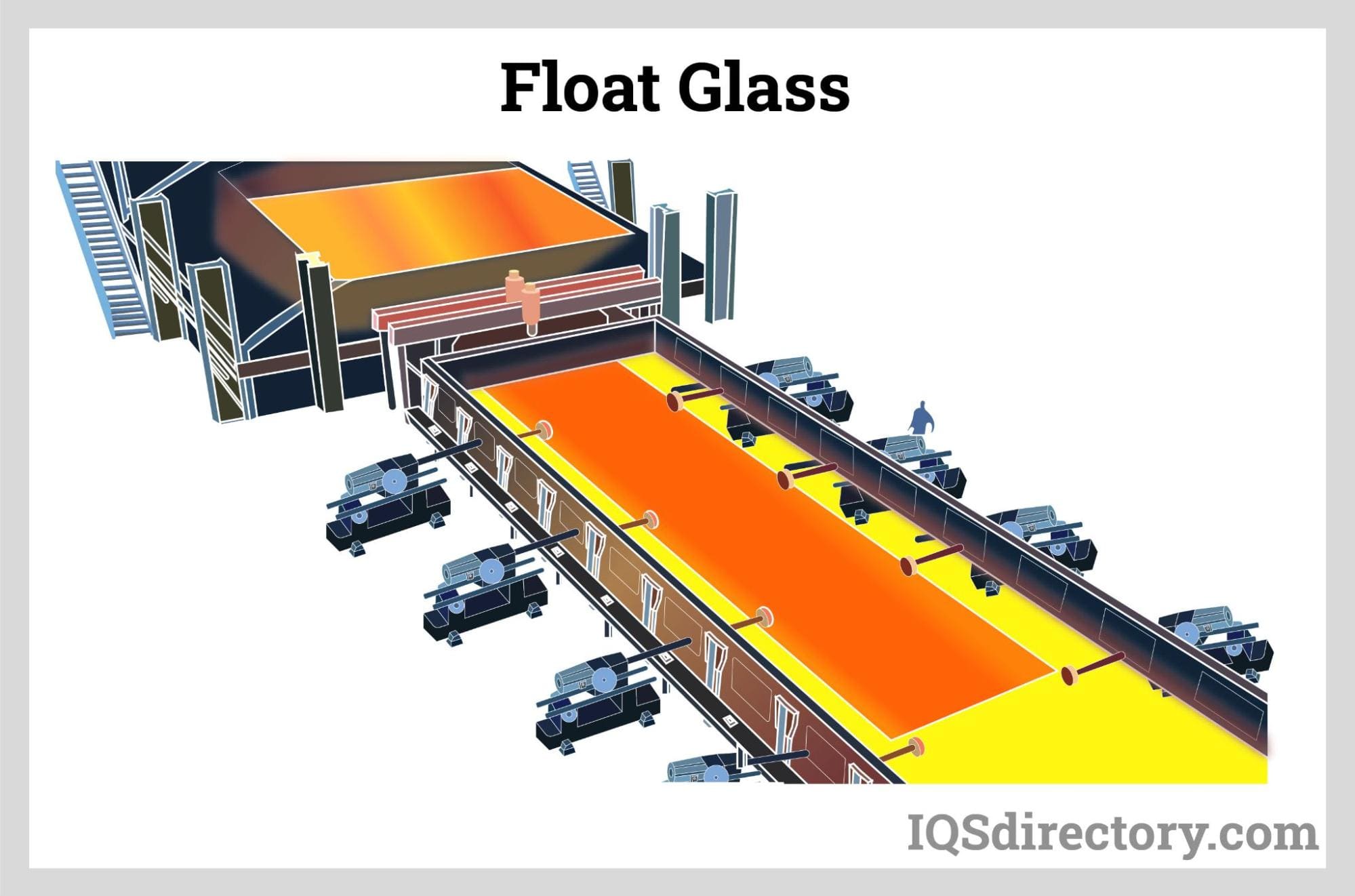
Coating
When the cooled glass leaves the float, a hard or soft coating is applied to its surface at high temperatures. LoE coating is the application of a thin, colorless metallic coating that allows light through but blocks heat energy.
Annealing
In glass manufacturing, a special type of furnace called a lehr is used for annealing glass sheets. A lehr is a long oven that has several heating zones. The glass sheets move through the zones on a conveyor belt. Each form of glass requires a different annealing process to accommodate the glass composition, coefficient of thermal expansion, and thickness. The cooling process in the annealing oven can remove residual stress in the glass.
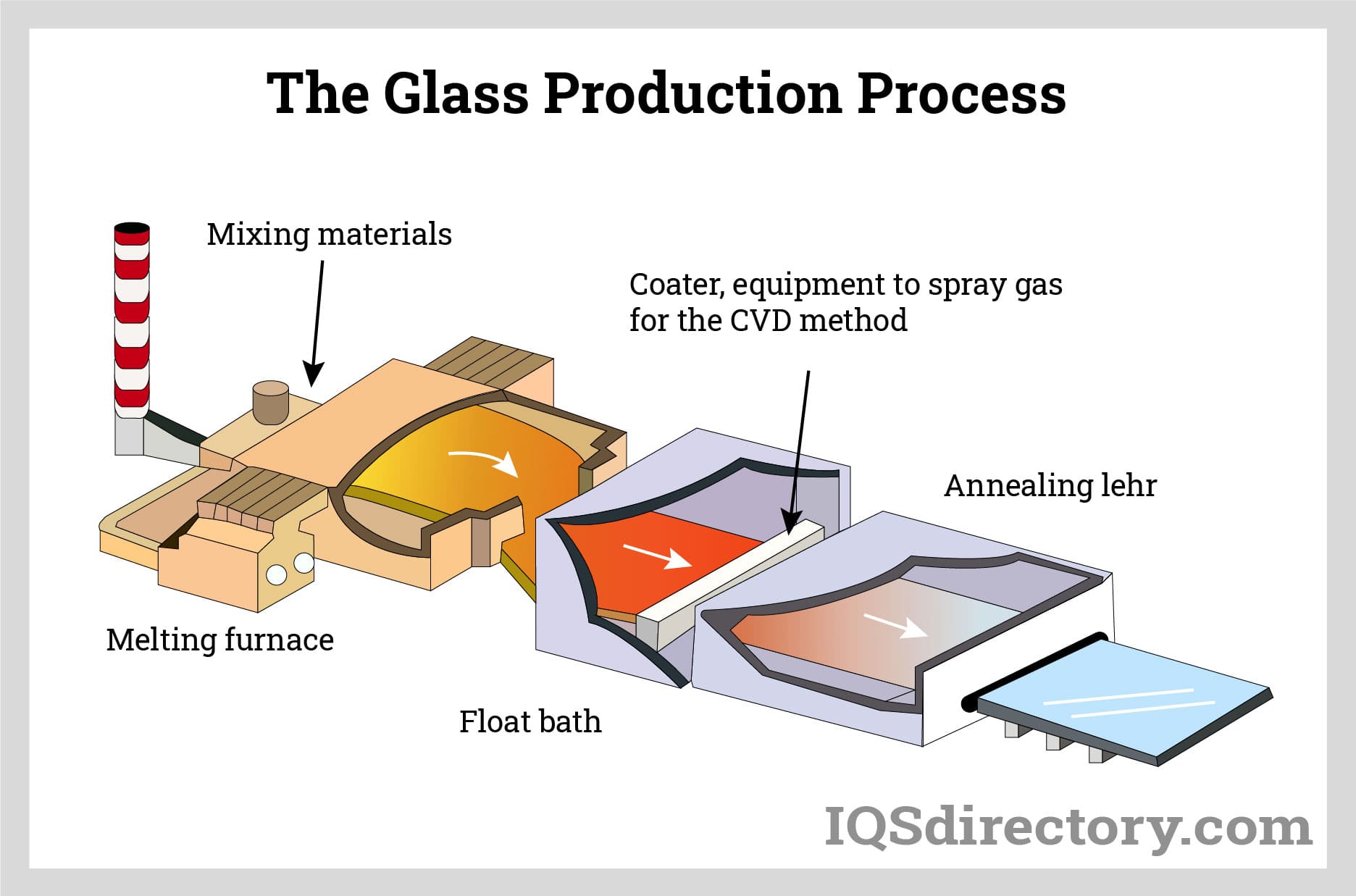
Three Types of Glass Construction
There are three basic glass constructions of sheet glass. Types are differentiated by layers of glass and materials placed between them.
Monolithic Glass
Monolithic glass is the simplest form of glass, consisting of a single piece of glass with one thickness.
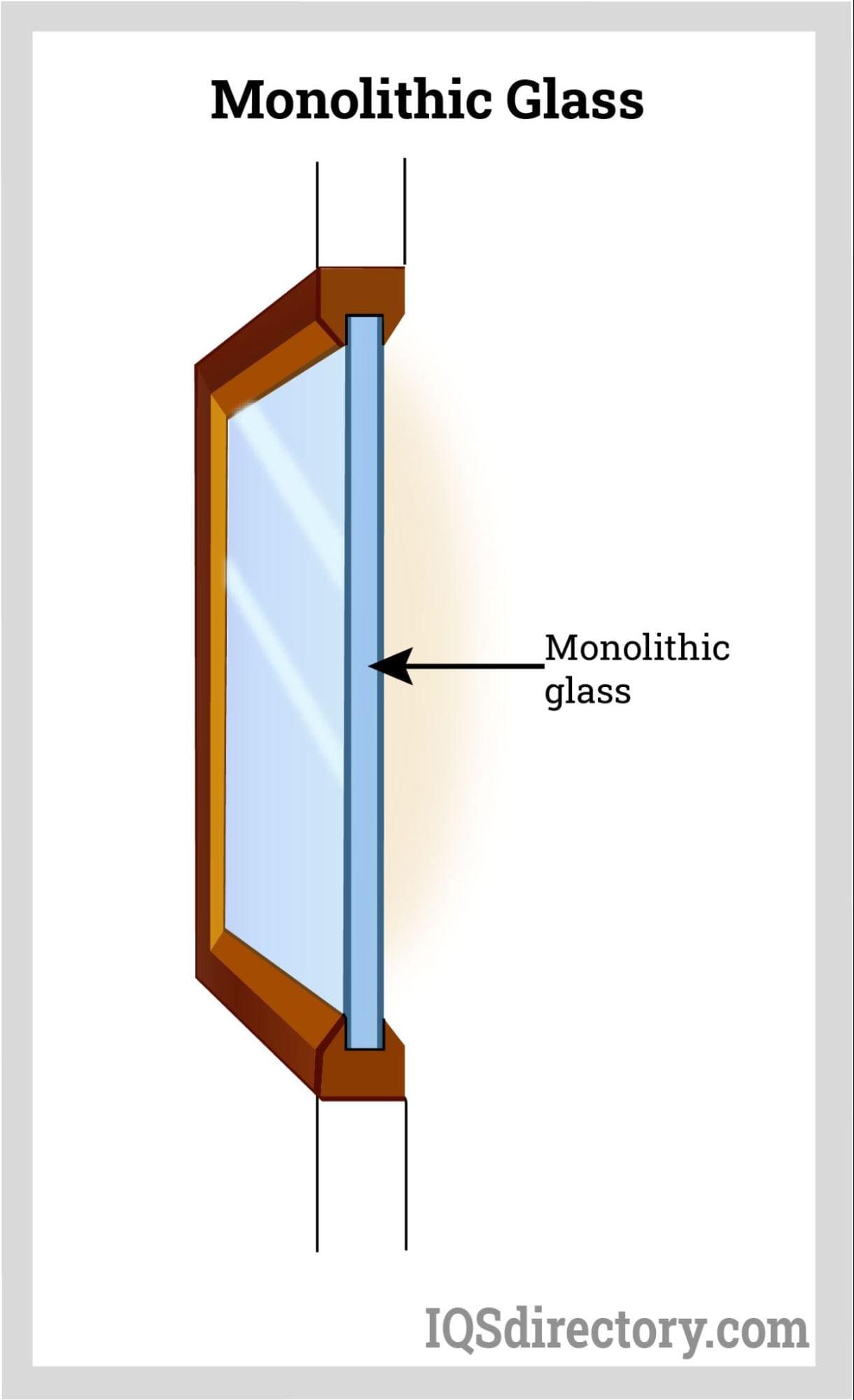
Laminated Glass
Laminated glass consists of two panes of glass fused together with a middle layer of polyvinyl butylene film (PVB). PVB serves to bind the glass panes together
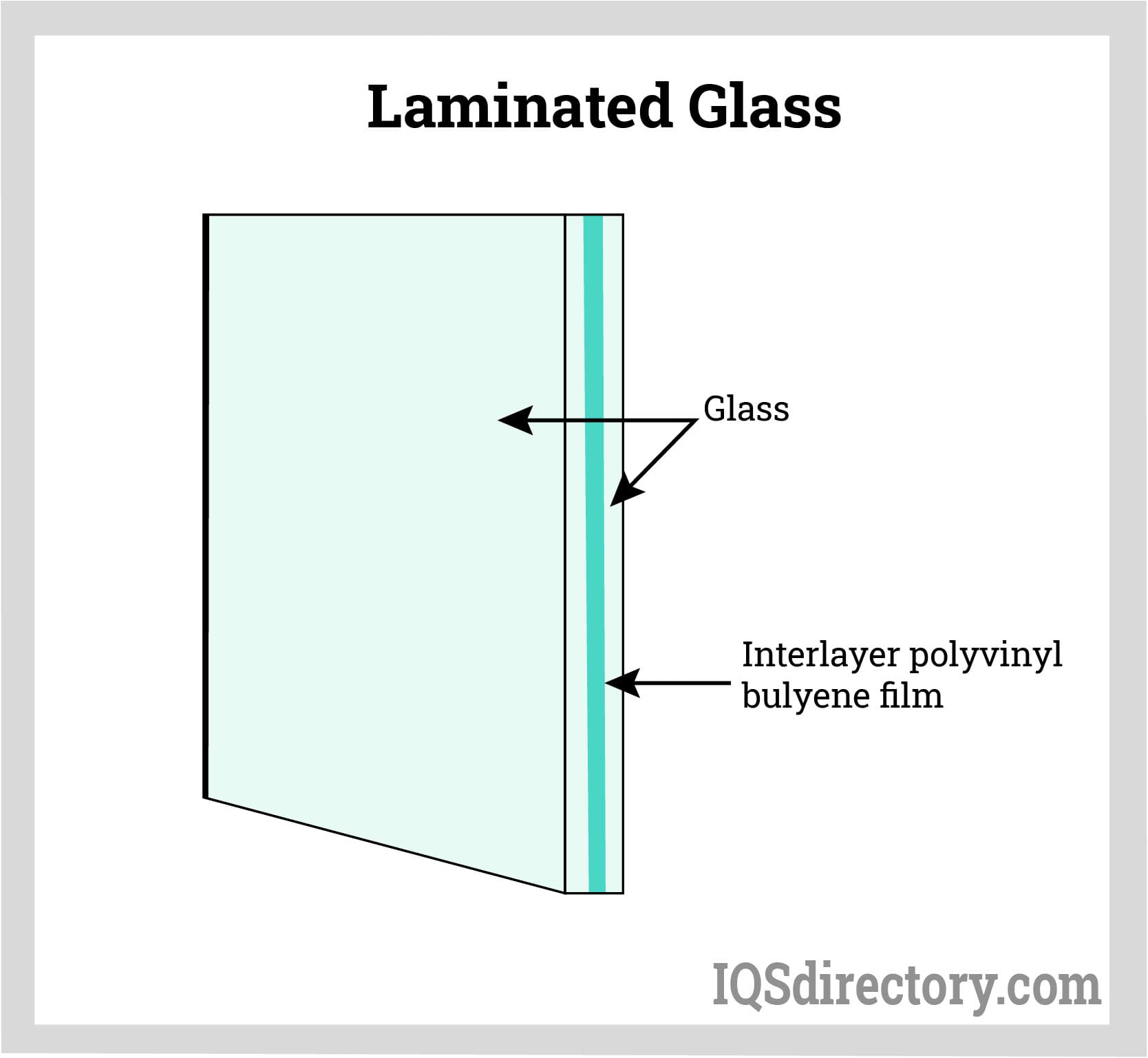
Insulated Glass
Insulated glass also has two panes of glass. Unlike laminated glass, insulated glass fills the space between panes with air. The air space minimizes heat transfer by conduction or convection.
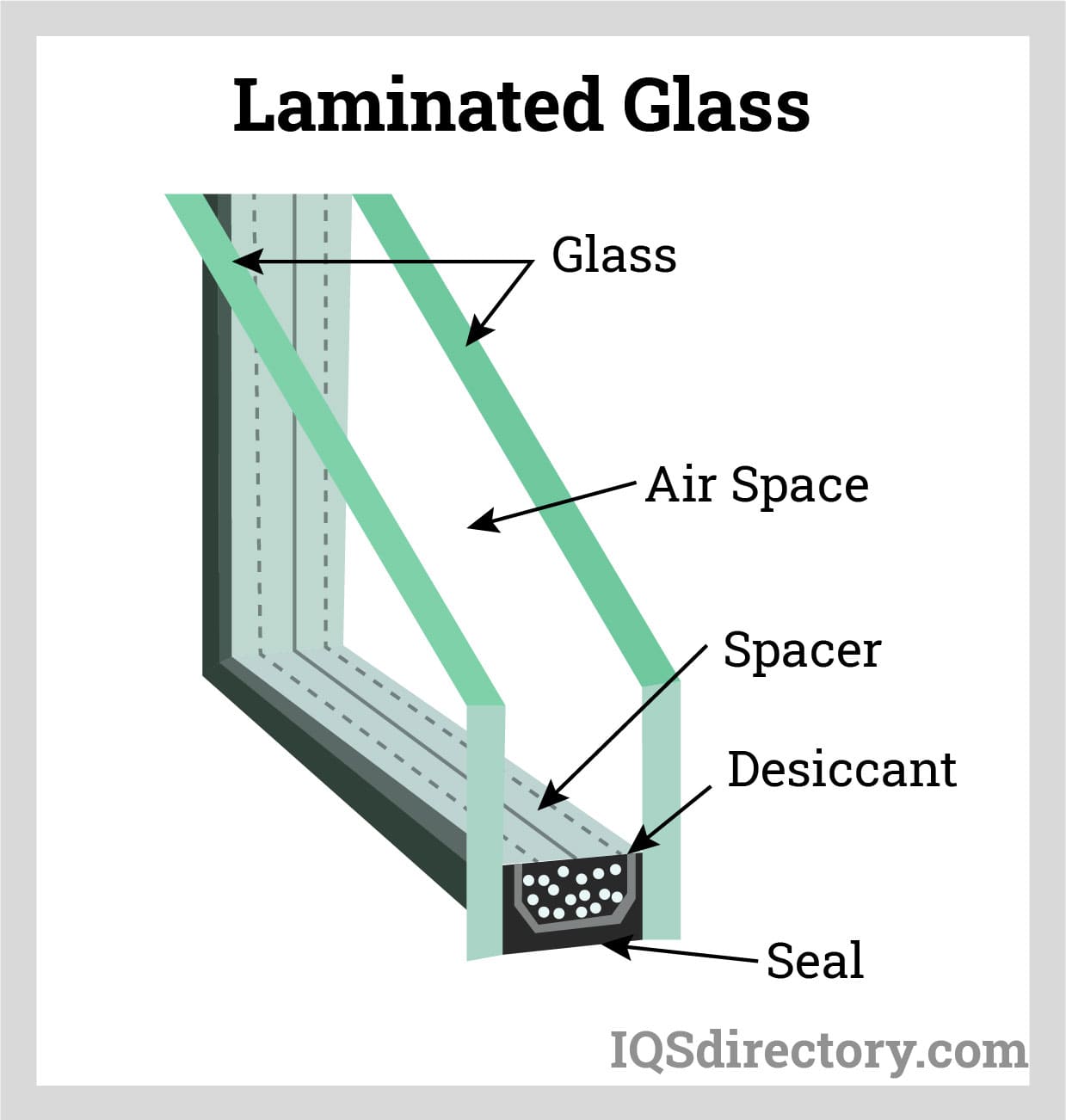
Common Glass Compositions
Glass is engineered to have different properties by altering the materials used to produce it. Manufacturers use different compositions to fit structural and commercial requirements. Three common types of glass are borosilicate, soda lime silicate, and phosphates.
Soda Lime Silica Glass (CaHNaO2)
Soda lime silica glass is used to make containers and glass products found around the home, such as bottles, food containers, decorative tableware, and windows. It is popular among manufacturers because it is affordable to make. It’s easy to source materials, and the ingredients will melt at a lower temperature. The production of soda lime glass has been improved, perfected, and automated so much over centuries that it is mass-produced.
Soda lime silica glass is the least durable because it is susceptible to thermal shock and corrosive conditions. Glass manufacturers have perfected methods to enhance soda lime silica glass through chemicals and thermal strengthening.
Borosilicate Glass (SiO2, B2O3)
Borosilicate glass is used for its exceptional durability. It can withstand thermal shock and thermal cycling. Borosilicate glass is durable because it has a low thermal expansion coefficient. Therefore borosilicate glass undergoes fewer internal stresses during heating and cooling processes.
Borosilicate glass is resistant to moisture and chemical attacks. It is an ideal choice for abrasive conditions. Manufacturers use borosilicate glass to produce laboratory glassware, sight glass for machinery, transformer bushings, explosion-proof lights, and aircraft lenses.
Phosphate Glass (P2O5)
Phosphate glass is primarily made from phosphorus pentoxide with the addition of various compounds. It has a high optical range transmission that is narrower than silica glasses. Phosphate glass has a low optical damage threshold and low thermal conductivity. It is resistant to hydrofluoric acid and absorbs heat when iron oxide is added.
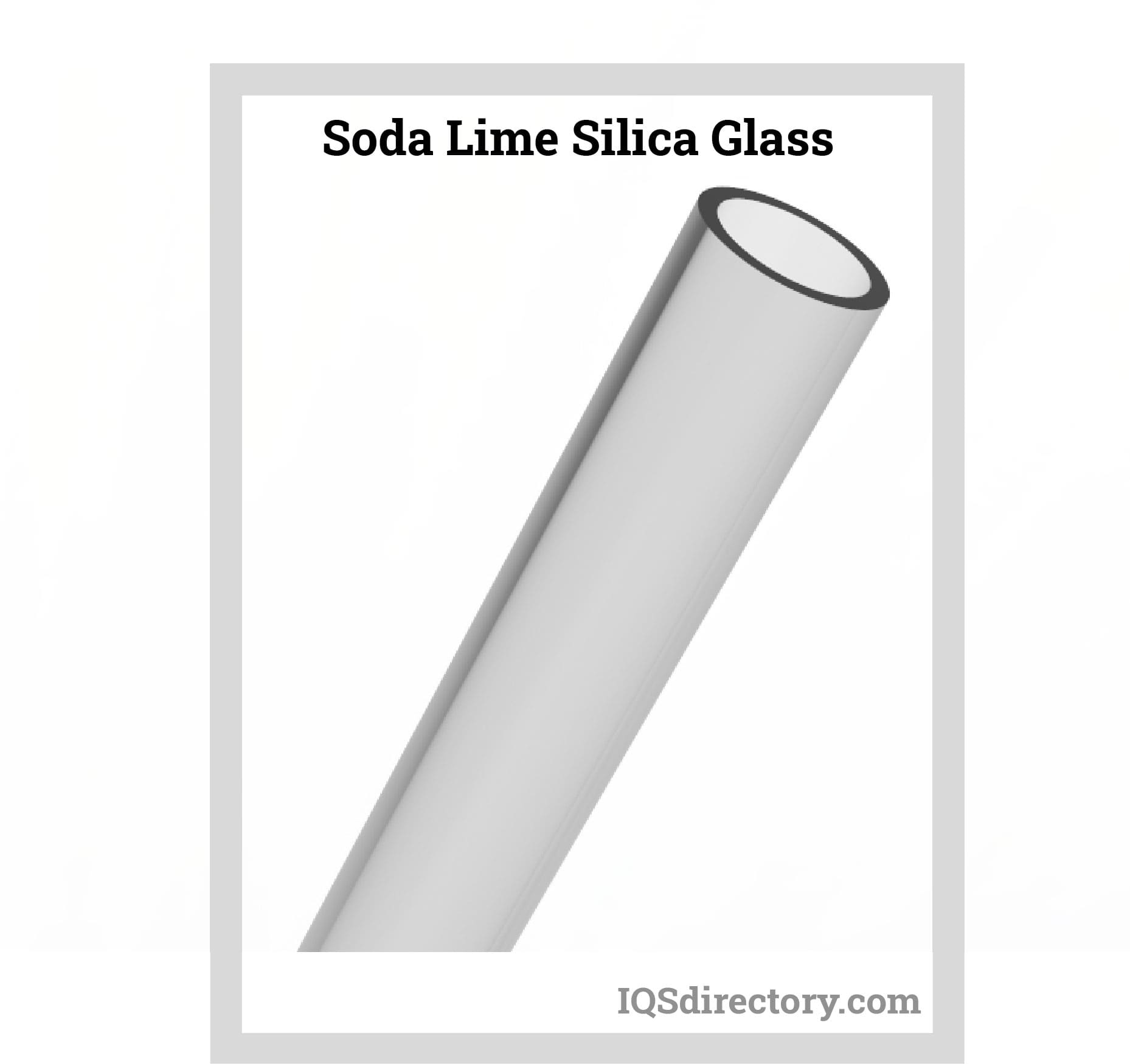
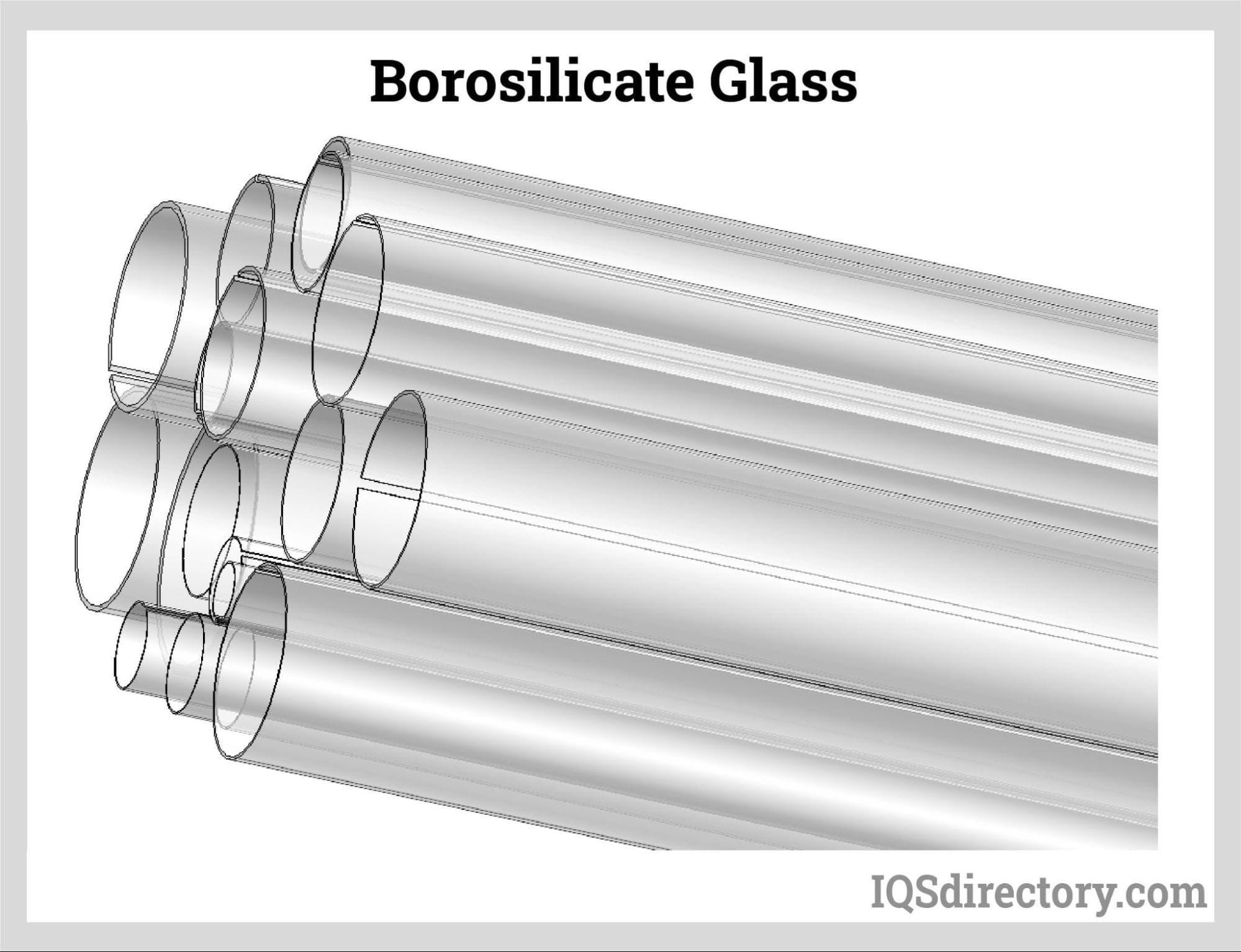
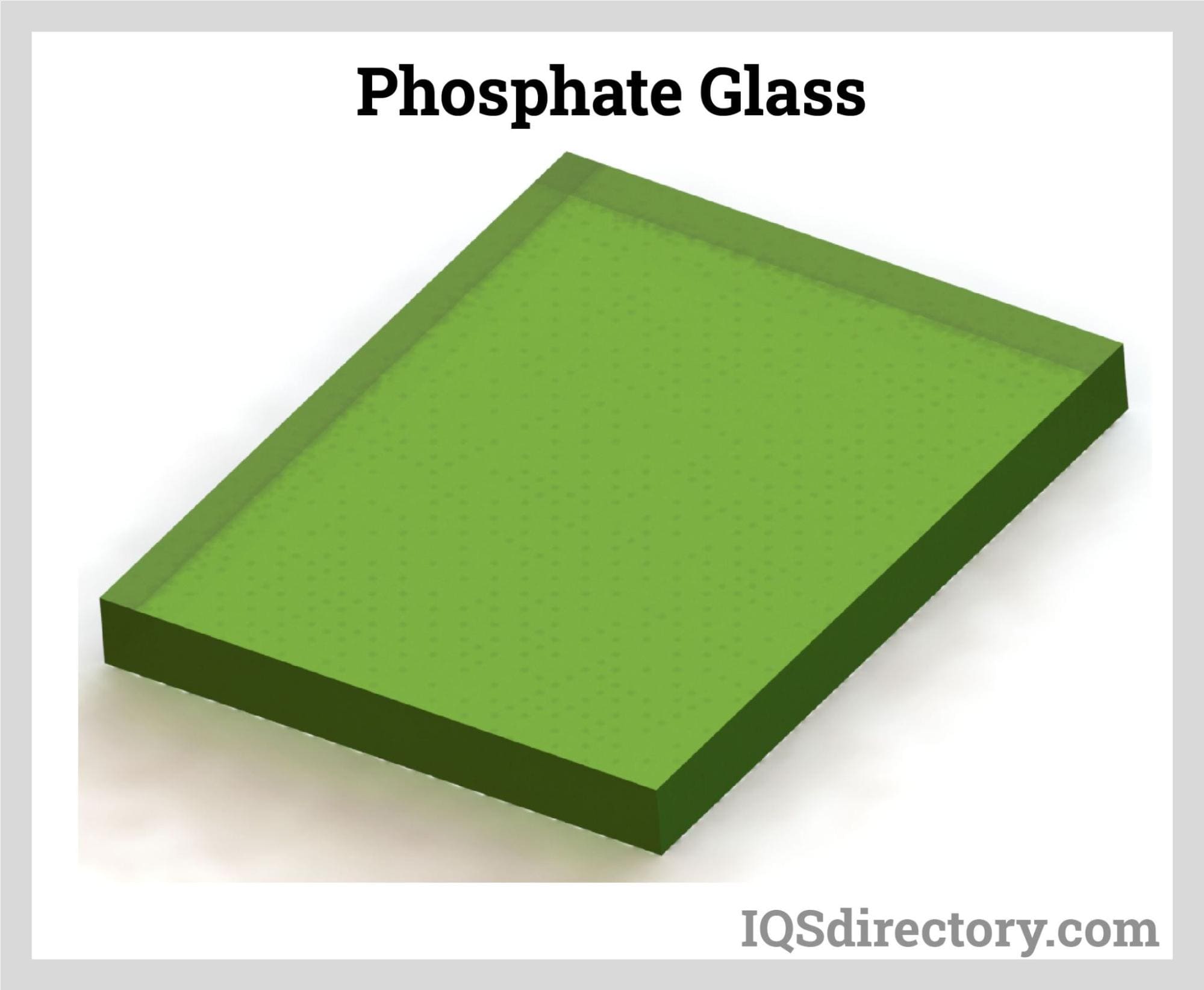
Choosing the right glass for a project depends on several factors, including environment and performance requirements. Manufacturers should consider the glass's optical, thermal, chemical, and mechanical properties before choosing the most affordable option.
Choosing the Proper Glass Manufacturers Company
To make sure you have the most positive outcome when purchasing Glass Manufacturing from a Glass Manufacturers Company, it is important to compare at least 4 or 5 Companies using our Glass Manufacturers directory. Each Glass Manufacturers Company has a business profile page that highlights their areas of experience and capabilities and a contact form to directly communicate with the manufacturer for more information or request a quote. Review each Glass Manufacturers company website using our patented website previewer to get an idea of what each business specializes in, and then use our simple RFQ form to contact multiple Glass Manufacturers companies with the same message.

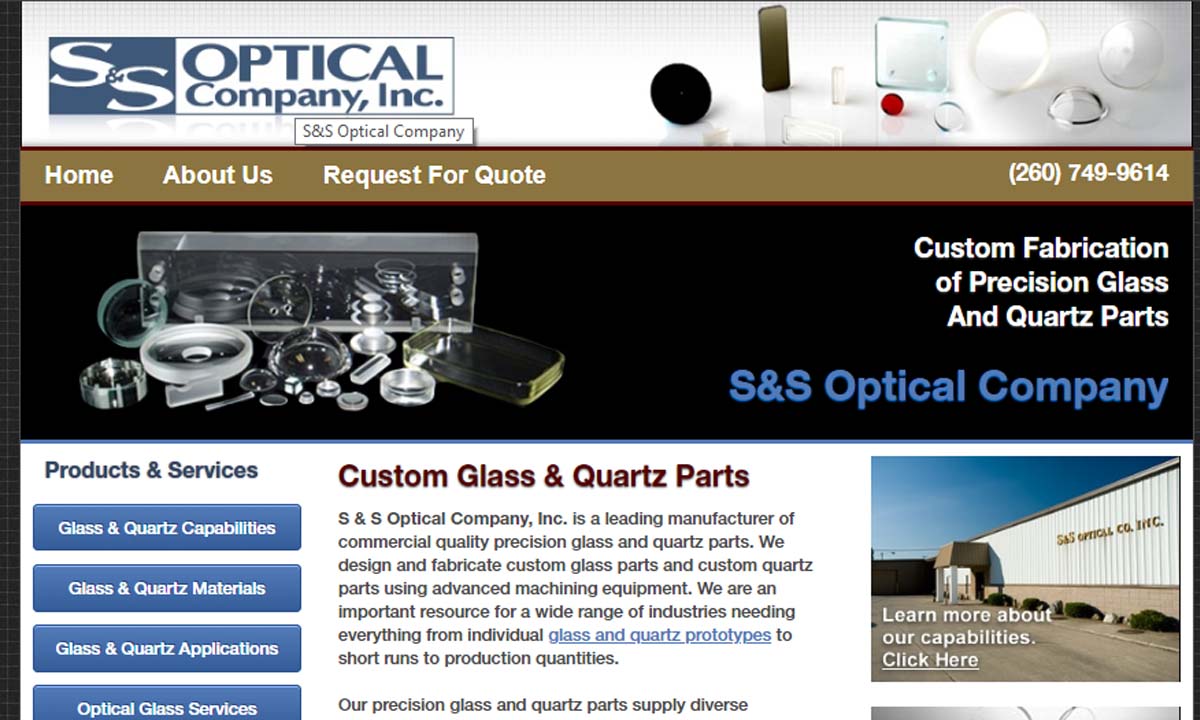
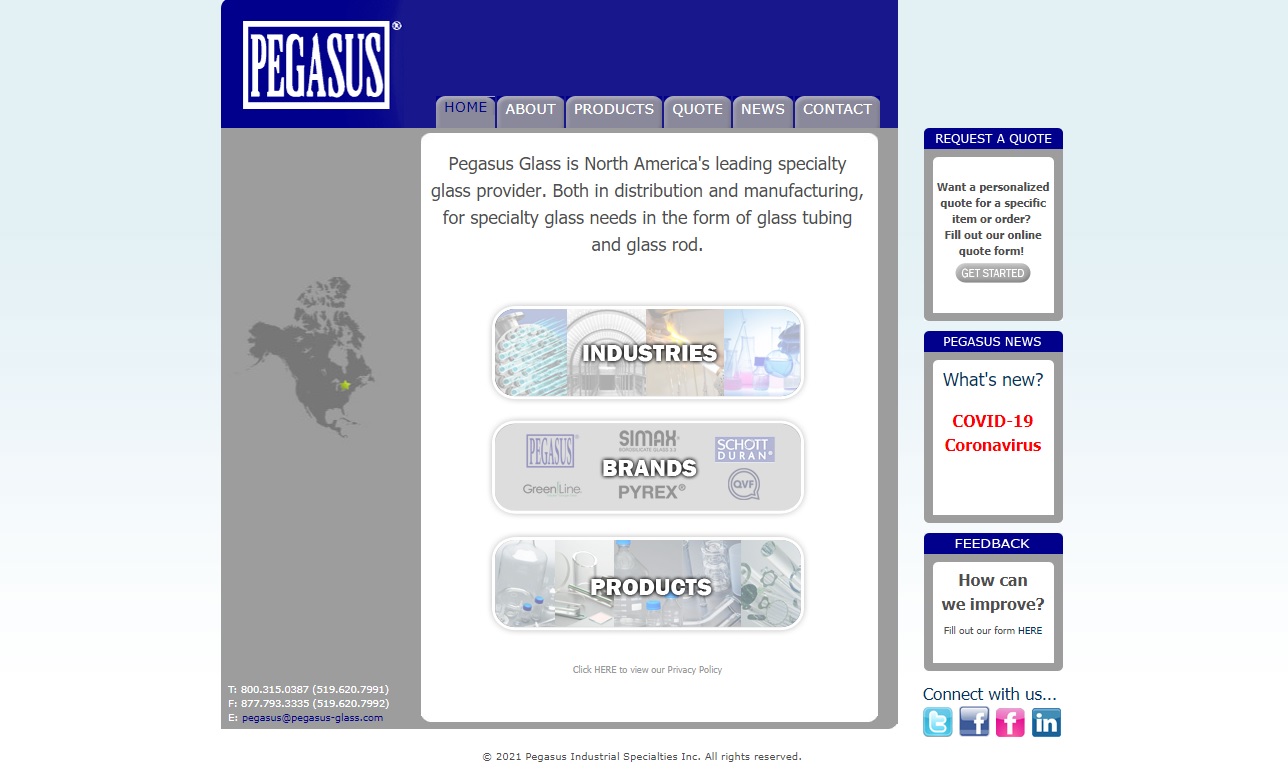
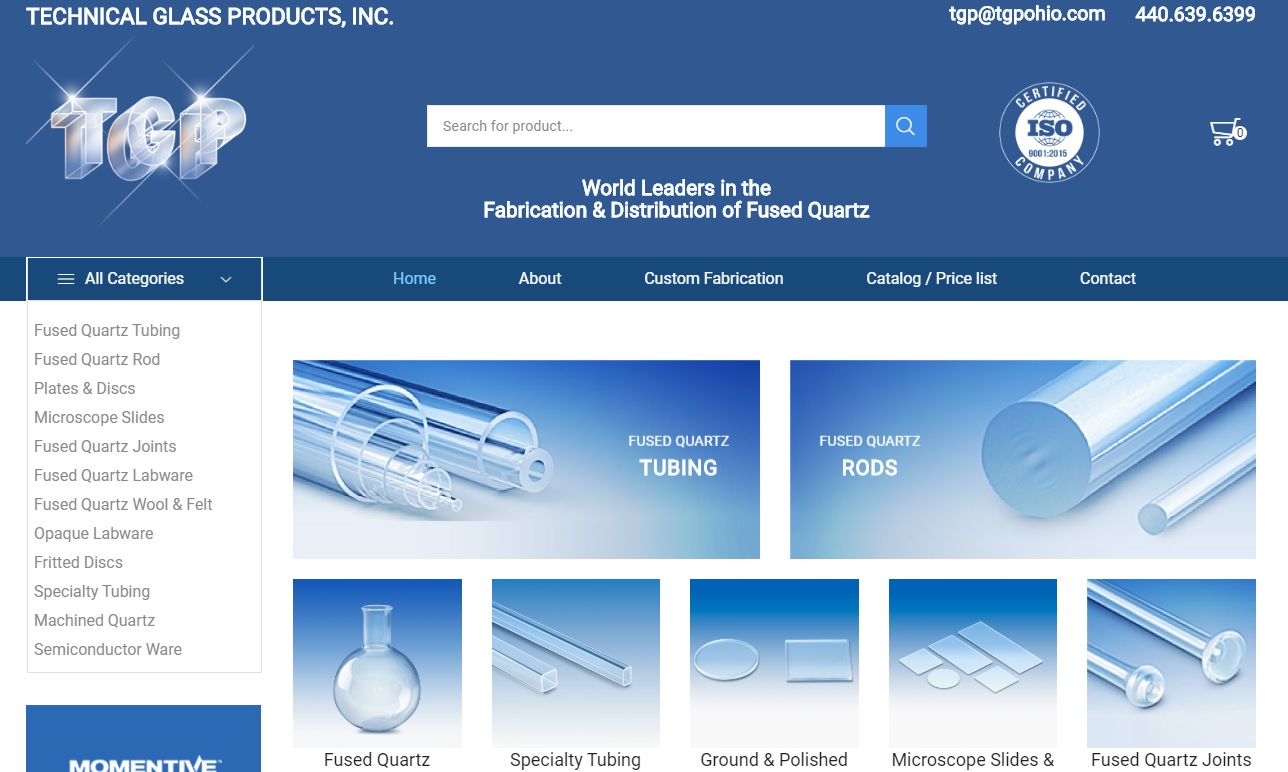

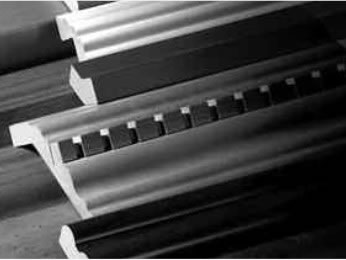 Adhesives
Adhesives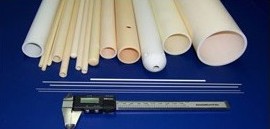 Alumina Ceramic
Alumina Ceramic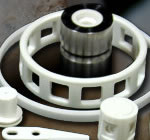 Ceramic
Ceramic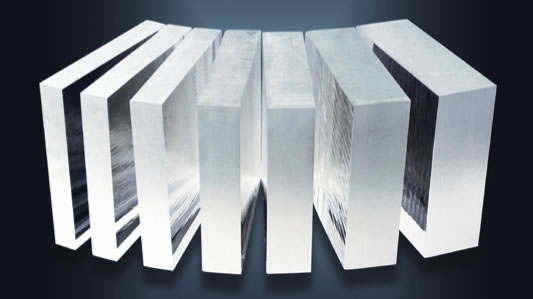 Glass
Glass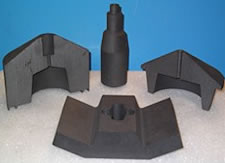 Graphite
Graphite Lubricants
Lubricants Castings & Forgings
Castings & Forgings Bulk Material Handling
Bulk Material Handling Electrical & Electronic Components
Electrical & Electronic Components Flow Instrumentation
Flow Instrumentation Hardware
Hardware Material Handling Equipment
Material Handling Equipment Metal Cutting Services
Metal Cutting Services Metal Forming Services
Metal Forming Services Metal Suppliers
Metal Suppliers Motion Control Products
Motion Control Products Plant & Facility Equipment
Plant & Facility Equipment Plant & Facility Supplies
Plant & Facility Supplies Plastic Molding Processes
Plastic Molding Processes Pumps & Valves
Pumps & Valves Recycling Equipment
Recycling Equipment Rubber Products & Services
Rubber Products & Services